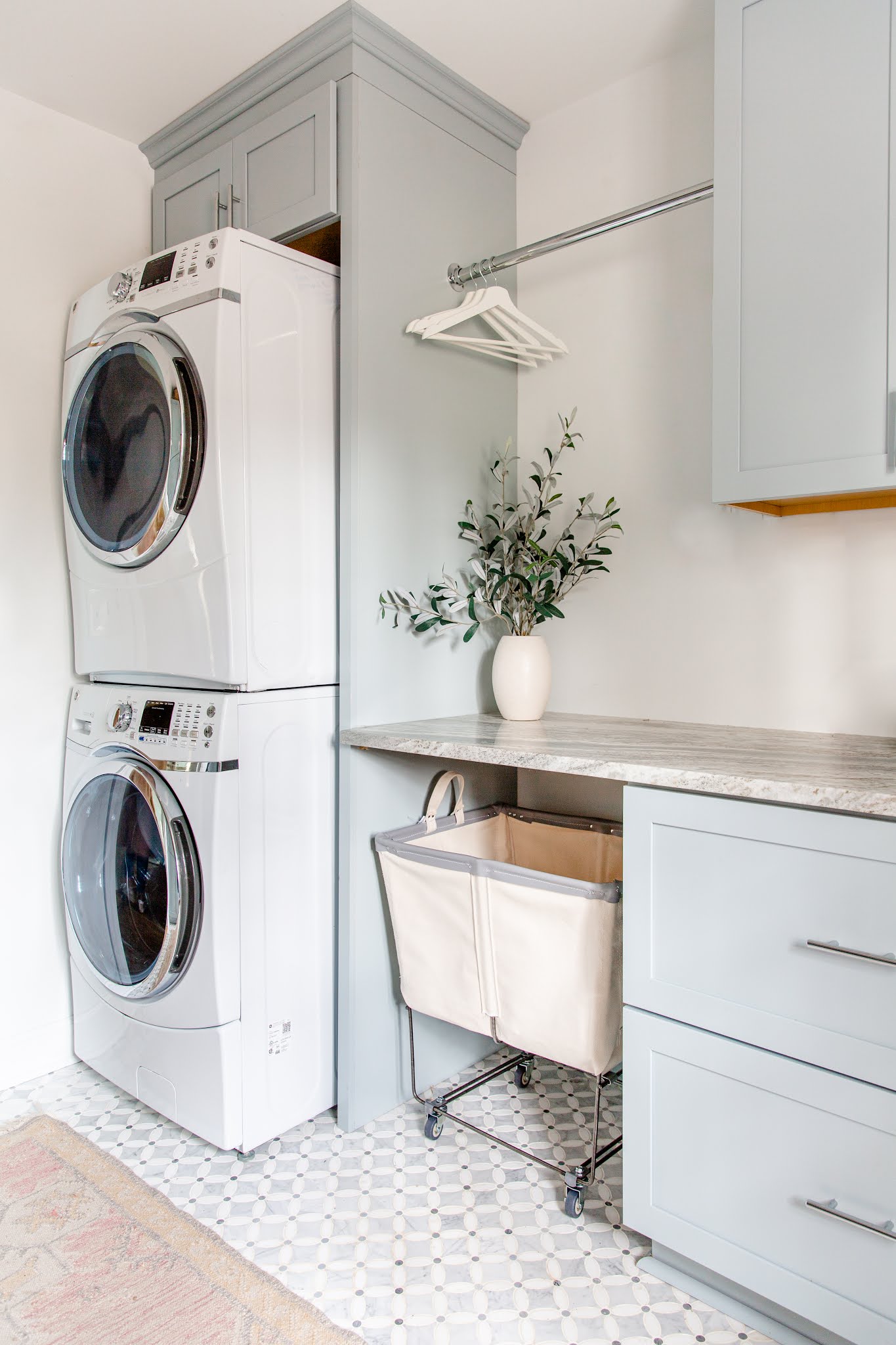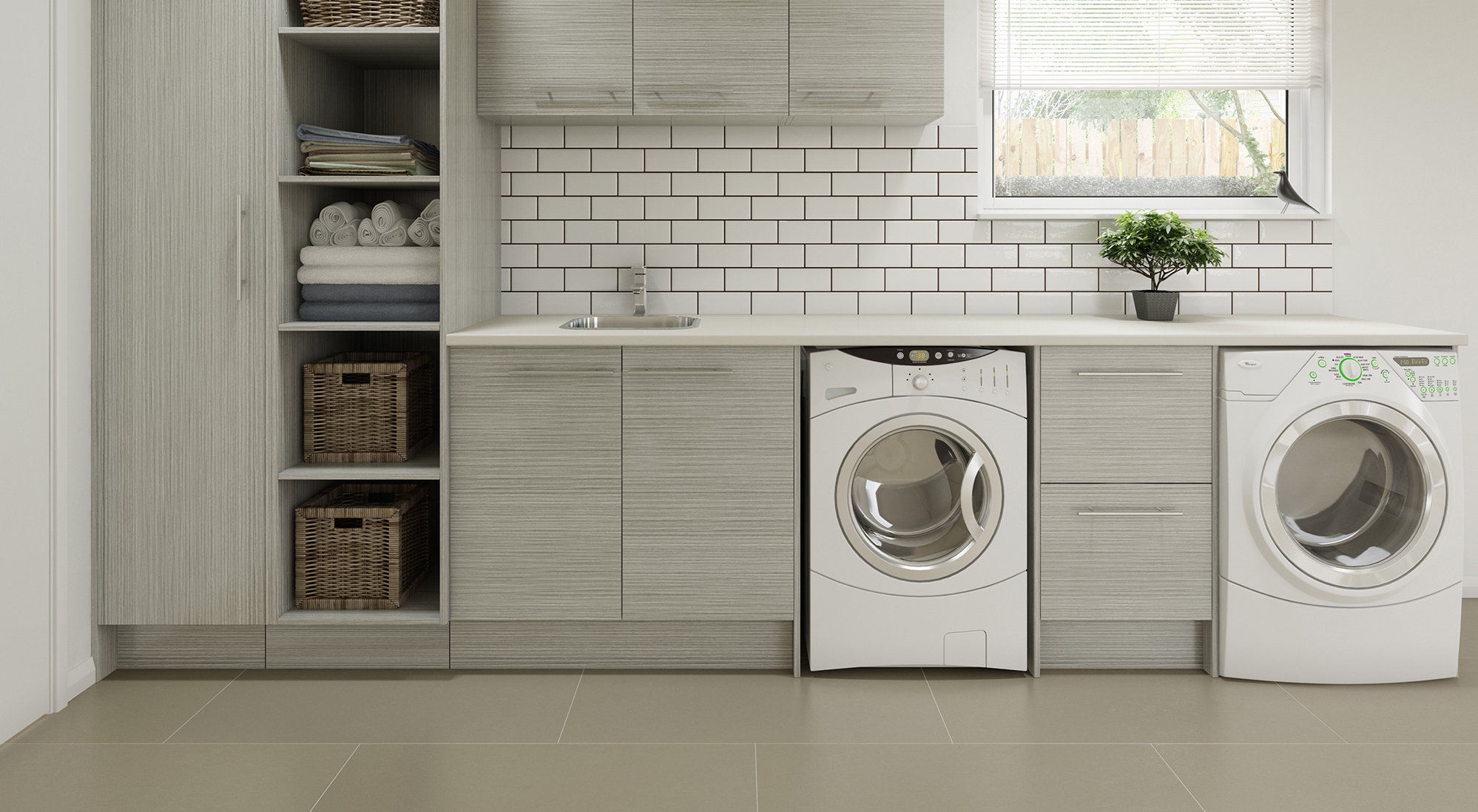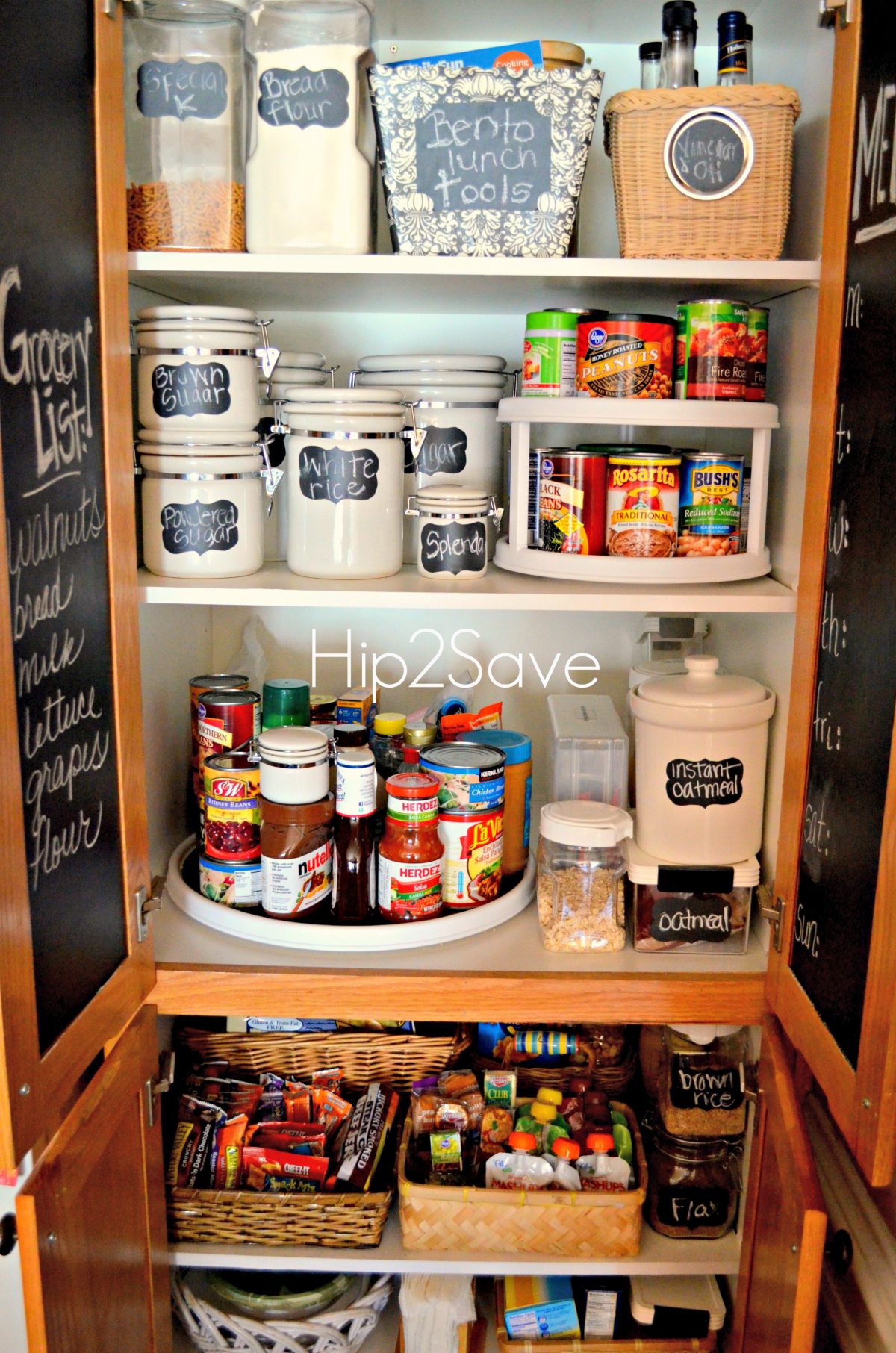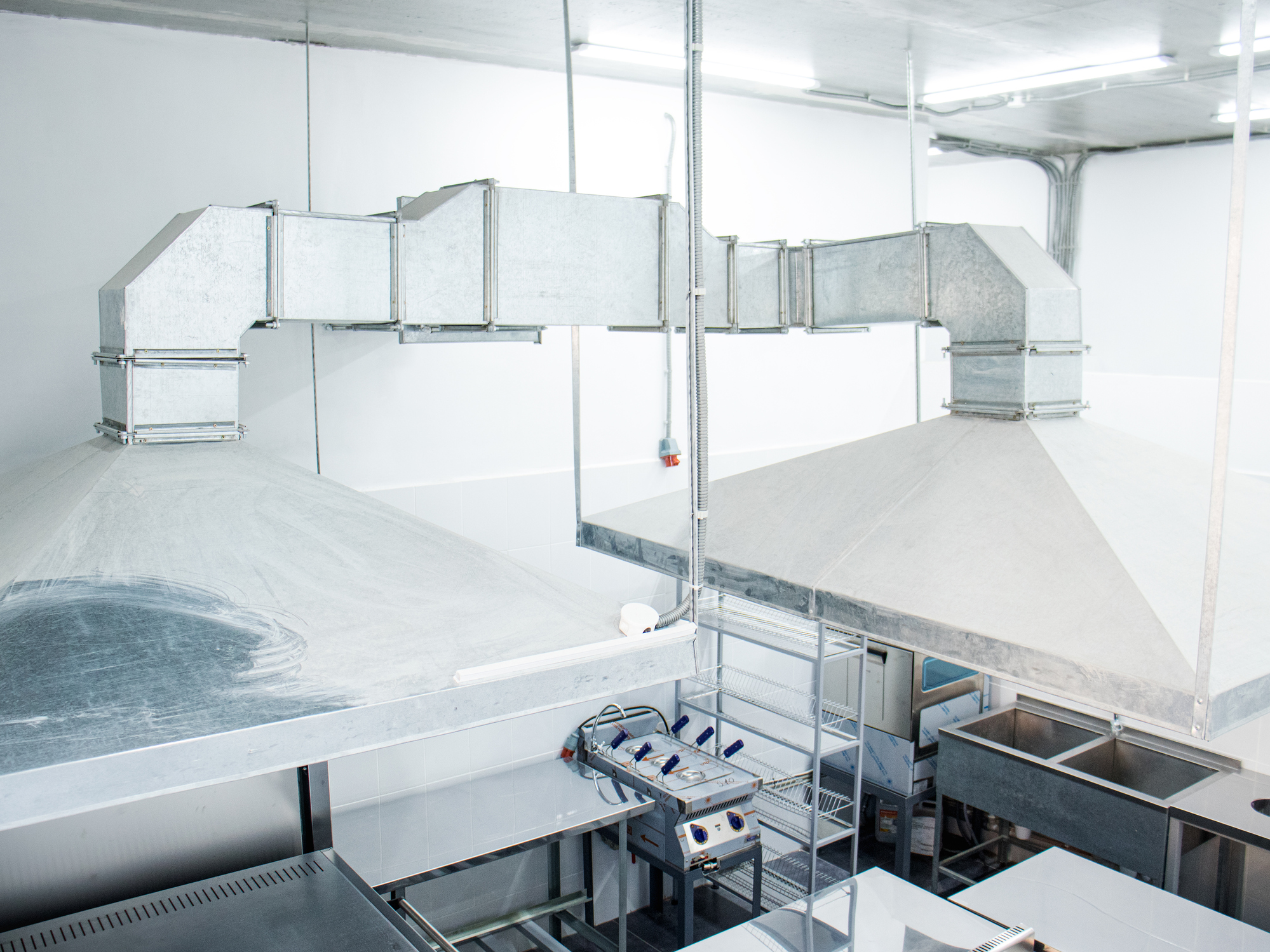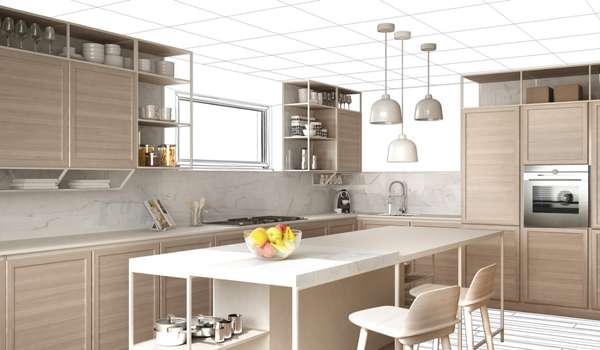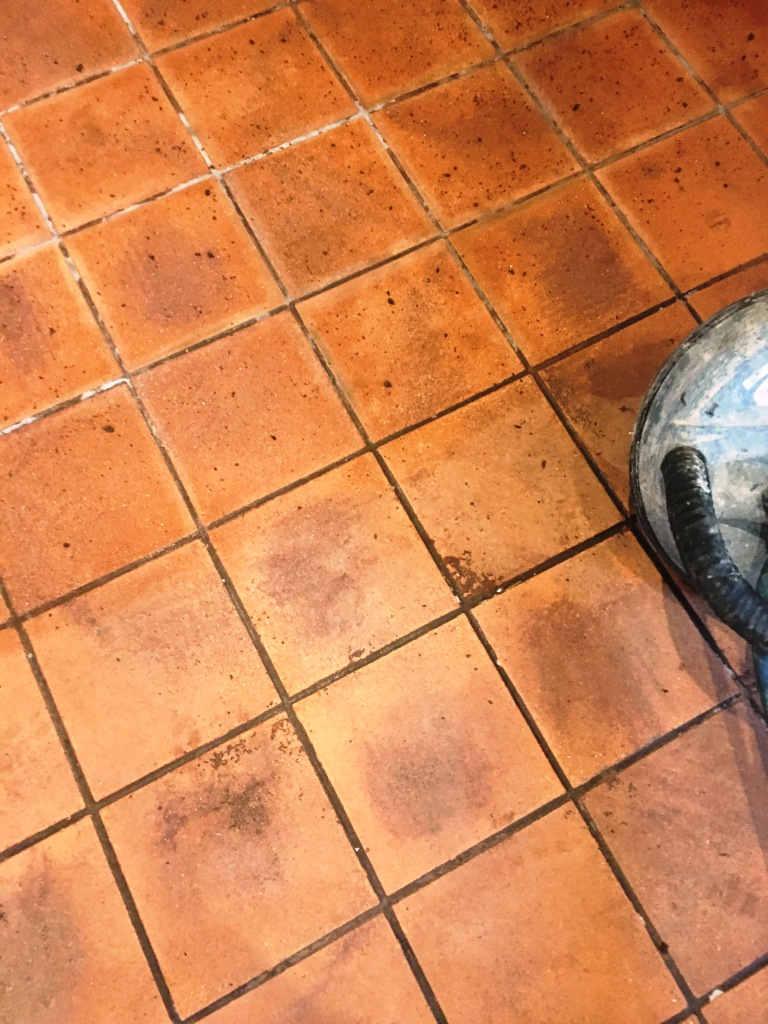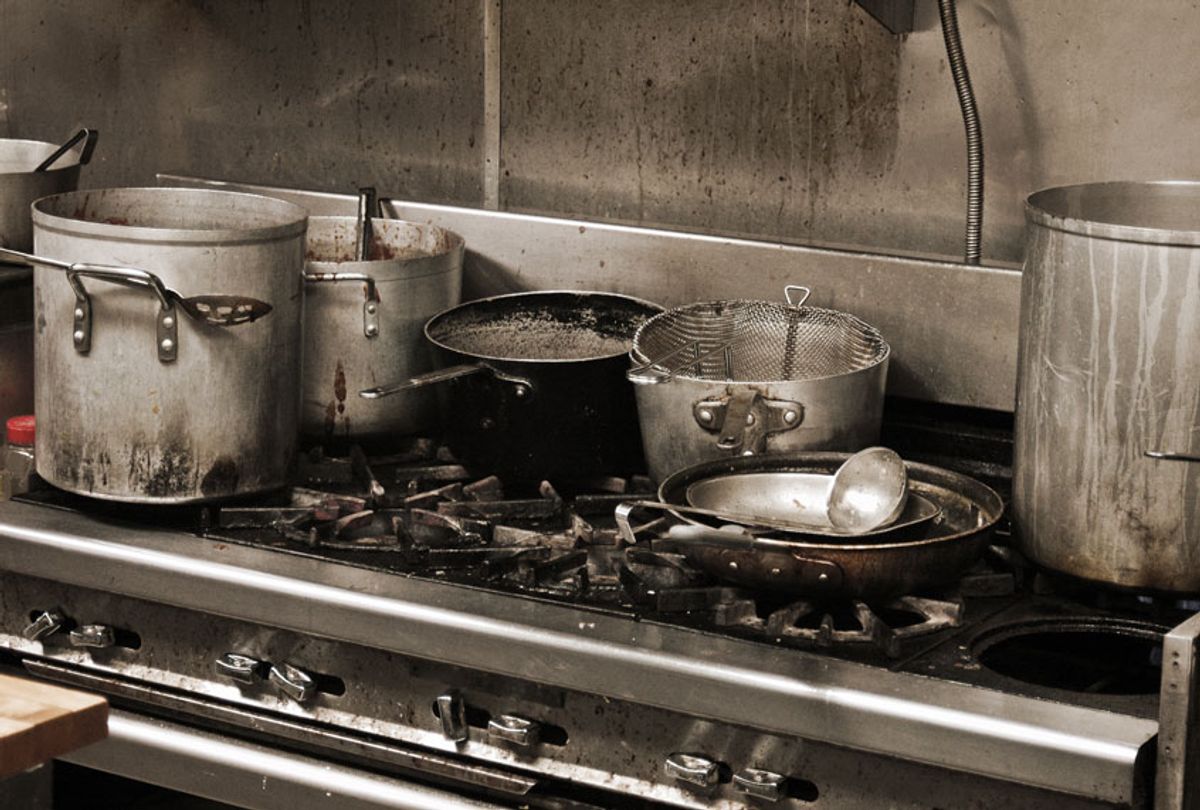If you have a separate dirty kitchen and laundry area in your home, you might be wondering how to design this space to make it functional and efficient. With a little creativity and proper planning, you can have a dirty kitchen and laundry that not only looks great but also makes your daily tasks easier. Some ideas to consider for your dirty kitchen and laundry design include incorporating storage solutions, maximizing space, and choosing the right materials. These elements can help you create a space that is both practical and visually appealing.1. Dirty Kitchen and Laundry Design Ideas
A functional dirty kitchen and laundry room should have enough storage space for all your cleaning supplies and equipment. Consider installing cabinets, shelves, and drawers to keep everything organized and within easy reach. You can also add hooks or racks on the walls for hanging mops, brooms, and other cleaning tools. Another essential element is a sink for washing dishes and doing laundry. You can opt for a large sink that can accommodate both tasks or have separate sinks for each. Make sure to choose a sink that is durable and easy to clean.2. How to Design a Functional Dirty Kitchen and Laundry Room
Designing a dirty kitchen and laundry room doesn't have to be boring. You can get creative with the layout and design to make the space more interesting and functional. For example, you can install a pull-out ironing board in a cabinet to save space, or use a sliding door instead of a traditional one to save room. Consider incorporating your personal style in the design by using bold colors or patterns for the walls or adding decorative elements like plants or artwork. These small touches can make the space feel more inviting and enjoyable to work in.3. Creative Solutions for a Dirty Kitchen and Laundry Design
Organizing your dirty kitchen and laundry space is essential for a smooth and efficient workflow. One tip is to designate different areas for different tasks, such as a washing and drying area, a dishwashing area, and a storage area. This will help you keep the space clutter-free and make it easier to find what you need. Another tip is to have a system for categorizing your cleaning supplies. For example, you can group them by type (e.g., all-purpose cleaners, dishwashing detergents, etc.) or by frequency of use (e.g., daily, weekly, monthly). This will save you time and effort when searching for a specific product.4. Tips for Organizing a Dirty Kitchen and Laundry Space
If you have a small dirty kitchen and laundry area, don't worry, there are still ways to make it functional and visually appealing. One way is to use vertical space by installing shelves or cabinets all the way up to the ceiling. You can also use the space behind the door by installing hooks or racks for hanging items. Another option is to use multi-functional furniture, such as a table that can also serve as a workspace or storage. This will help you make the most out of the limited space you have.5. Maximizing Space in a Small Dirty Kitchen and Laundry Design
Having proper ventilation in your dirty kitchen and laundry room is crucial for your health and safety. These areas are prone to moisture and heat, which can lead to mold and mildew growth if not properly ventilated. Make sure to have a vent or window for natural air circulation, and consider installing an exhaust fan to remove excess moisture and odors.6. The Importance of Proper Ventilation in a Dirty Kitchen and Laundry
Since these areas are used for cleaning, it's essential to design them in a way that makes them easy to clean. Choose materials that are durable and easy to wipe down, such as tile or laminate for the floors and walls. Avoid using porous materials like wood, which can be challenging to clean and can absorb odors. You can also install a backsplash behind the sink and stove to protect the walls from stains and splashes. This will make it easier to clean up after cooking or doing laundry.7. Designing a Dirty Kitchen and Laundry for Easy Cleaning
Having enough storage space in your dirty kitchen and laundry room can make a significant difference in how organized and functional the space is. In addition to cabinets and shelves, you can also incorporate storage solutions like pull-out drawers, lazy susans, and hanging baskets. Consider your specific needs and the items you need to store, and choose storage solutions that will work best for you. This will help you keep the space clutter-free and make it easier to find and access your cleaning supplies.8. Incorporating Storage Solutions in a Dirty Kitchen and Laundry Design
When designing a dirty kitchen and laundry, it's essential to choose materials that can withstand frequent use and exposure to moisture and heat. For the floors, opt for materials like tile, vinyl, or concrete, which are durable and easy to clean. For the walls, you can use paint or wallpaper that is moisture-resistant. For the countertops, consider materials like granite or quartz, which are durable and non-porous, making them easy to clean and maintain. Avoid using materials like marble, which is more prone to staining and requires regular sealing.9. Choosing the Right Materials for a Durable Dirty Kitchen and Laundry
If you have limited space, you can still have a functional dirty kitchen and laundry area by making it multi-functional. For example, you can use a pull-out countertop over the washing machine to create a folding station, or use the space above the dryer for a drying rack. You can also consider combining the dirty kitchen and laundry area with another room, such as the pantry or mudroom. This will help you save space and create a more versatile and efficient space.10. Designing a Multi-Functional Dirty Kitchen and Laundry Space
The Importance of a Clean and Functional Kitchen and Laundry Design

Maximizing Space and Efficiency
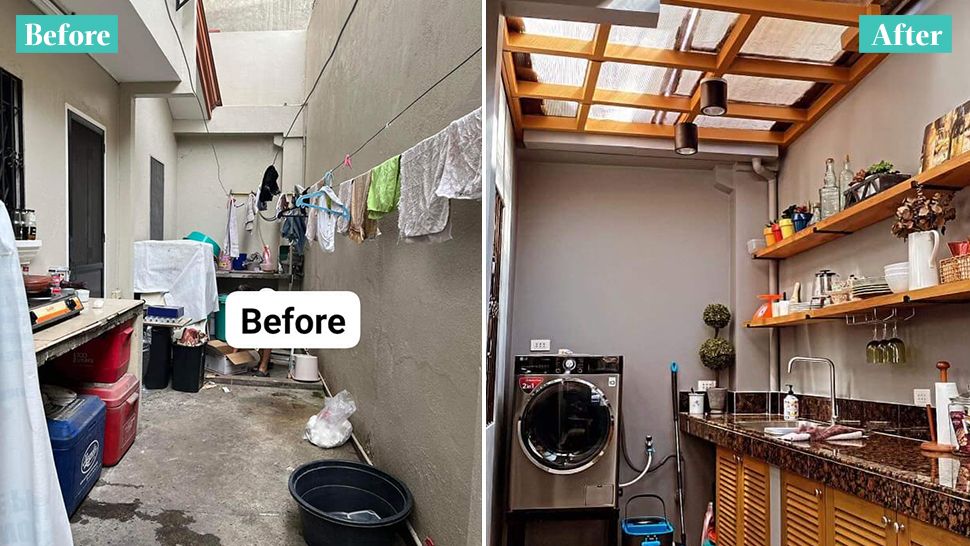 When it comes to designing a house, the kitchen and laundry areas are often overlooked. However, these rooms are essential in our daily lives and deserve just as much attention as any other part of the house. A dirty and cluttered kitchen can make meal preparation and cooking a tedious task, while a poorly designed laundry room can lead to frustration and wasted time. Therefore, it is crucial to prioritize the design of these areas to ensure they are not only visually appealing but also functional and efficient.
A clean and organized kitchen is essential for a smooth cooking process.
A well-designed kitchen should have designated areas for food preparation, cooking, and storage. This not only makes it easier to navigate and work in the kitchen but also promotes cleanliness and hygiene.
By having everything in its proper place, you can avoid cross-contamination and food spoilage.
Additionally, a functional kitchen design can help save time and effort in meal preparation, allowing you to focus on creating delicious dishes.
When it comes to designing a house, the kitchen and laundry areas are often overlooked. However, these rooms are essential in our daily lives and deserve just as much attention as any other part of the house. A dirty and cluttered kitchen can make meal preparation and cooking a tedious task, while a poorly designed laundry room can lead to frustration and wasted time. Therefore, it is crucial to prioritize the design of these areas to ensure they are not only visually appealing but also functional and efficient.
A clean and organized kitchen is essential for a smooth cooking process.
A well-designed kitchen should have designated areas for food preparation, cooking, and storage. This not only makes it easier to navigate and work in the kitchen but also promotes cleanliness and hygiene.
By having everything in its proper place, you can avoid cross-contamination and food spoilage.
Additionally, a functional kitchen design can help save time and effort in meal preparation, allowing you to focus on creating delicious dishes.
Creating a Relaxing and Inviting Atmosphere
 A dirty and cluttered kitchen and laundry can also have a negative impact on our mental well-being.
Studies have shown that a clean and organized environment can reduce stress and anxiety levels.
Therefore, it is crucial to create a space that not only meets our functional needs but also promotes a sense of calm and relaxation. This can be achieved through a well-thought-out design that incorporates elements such as natural light, proper ventilation, and aesthetically pleasing colors and materials.
A functional laundry room design can also make the tedious task of laundry more manageable.
By having designated areas for sorting, washing, and drying, you can efficiently complete this chore without feeling overwhelmed. Additionally, a well-ventilated and well-lit laundry room can prevent the growth of mold and mildew, ensuring a clean and healthy environment for your clothes.
In conclusion, a clean and functional kitchen and laundry design are essential for a well-designed house. It not only promotes efficiency and organization but also creates a relaxing and inviting atmosphere. So when planning your next home renovation or design project, make sure to give these areas the attention they deserve.
A dirty and cluttered kitchen and laundry can also have a negative impact on our mental well-being.
Studies have shown that a clean and organized environment can reduce stress and anxiety levels.
Therefore, it is crucial to create a space that not only meets our functional needs but also promotes a sense of calm and relaxation. This can be achieved through a well-thought-out design that incorporates elements such as natural light, proper ventilation, and aesthetically pleasing colors and materials.
A functional laundry room design can also make the tedious task of laundry more manageable.
By having designated areas for sorting, washing, and drying, you can efficiently complete this chore without feeling overwhelmed. Additionally, a well-ventilated and well-lit laundry room can prevent the growth of mold and mildew, ensuring a clean and healthy environment for your clothes.
In conclusion, a clean and functional kitchen and laundry design are essential for a well-designed house. It not only promotes efficiency and organization but also creates a relaxing and inviting atmosphere. So when planning your next home renovation or design project, make sure to give these areas the attention they deserve.


